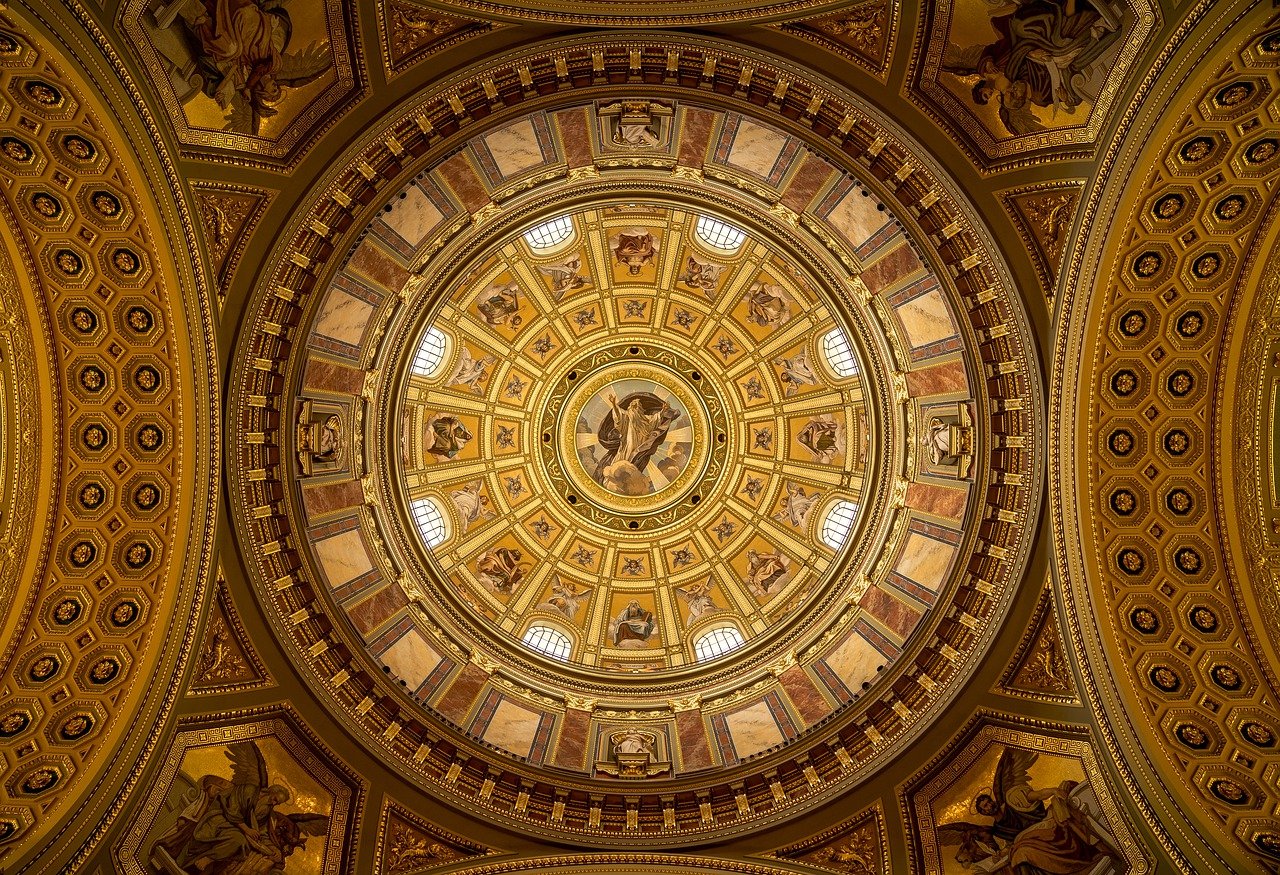Celtic religion comprises the spiritual beliefs and customs of the ancient Celts. This group, belonging to the Indo-European family, saw the height of its influence and territorial dominance around the 4th century BC, stretching from Britain to Asia Minor. However, following the 3rd century BC, the Celts entered a decline, culminating in the loss of their independence on the European continent during Julius Caesar’s conquest of Gaul (58–51 BC). In Britain and Ireland, the process of cultural erosion was more gradual, influenced by political forces. Presently, Celtic languages survive only in isolated regions of Ireland, Scotland, Wales, and Brittany, the latter largely due to immigration from Britain during the periods between the 4th and 7th centuries AD. The turbulent history of the Celts has inevitably impacted the preservation and documentation of their religious practices.
Sources of Information
Two primary types of resources inform our understanding of Celtic religion: the sculptures found in continental European sites and Roman Britain, alongside the insular Celtic literary works that have withstood the test of time since medieval periods. Each source comes with interpretive challenges. Most of the sculptures and related inscriptions date back to the Roman era, displaying significant syncretism between the Celtic and Roman deities. Even when prehistoric elements are evident, the lack of surviving mythology literature complicates their interpretation.
It was not until the 7th century in Ireland, and even later in Wales, that the mythological narrative began to be documented. By this time, both Wales and Ireland had undergone Christianization, and the literary contributions came predominantly from monastic scholars. The resulting literary corpus is extensive and diverse, but it exists distanced from its original epigraphic roots on the Continent, implicating the redactors’ biases and Christian perspective in the narratives they preserved. Notably, there are significant parallels between the insular writings and continental findings, particularly when considering the writings of Classical authors, starting with Poseidonius (c. 135–c. 51 BC), who recorded either firsthand or secondhand observations concerning the Celts.



